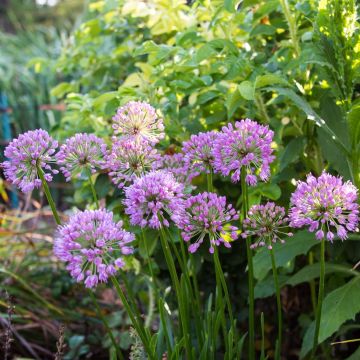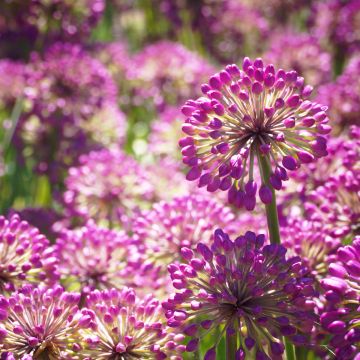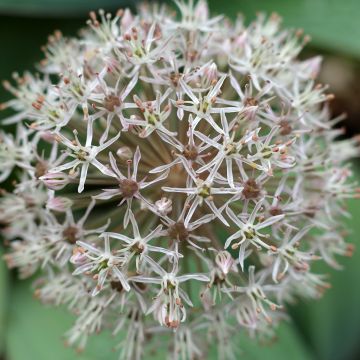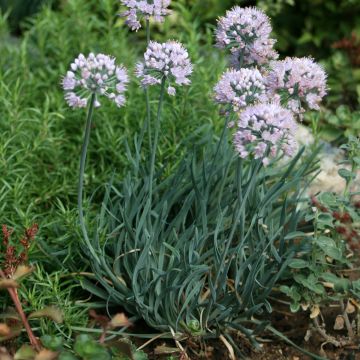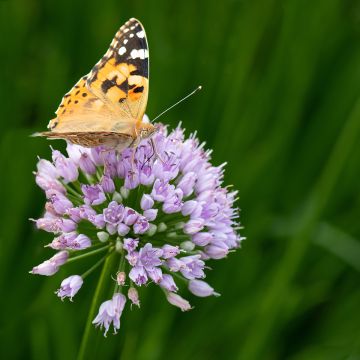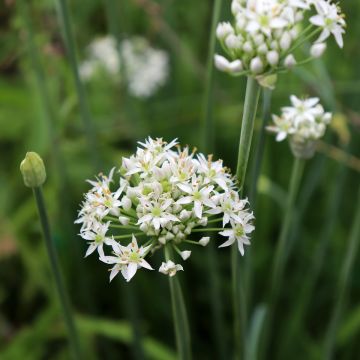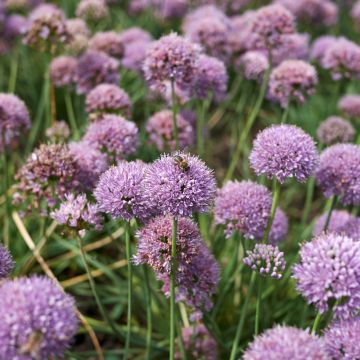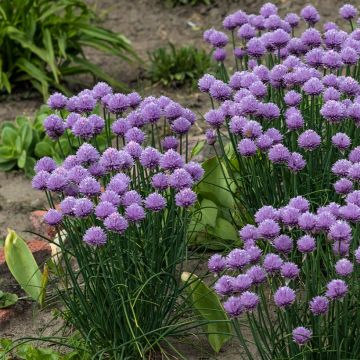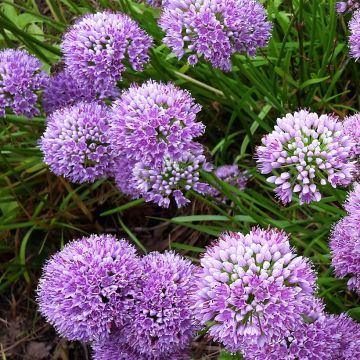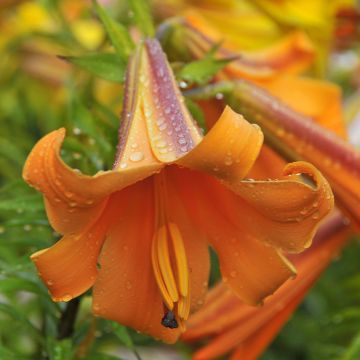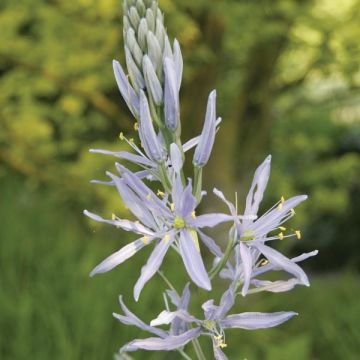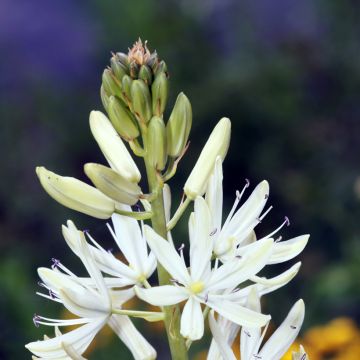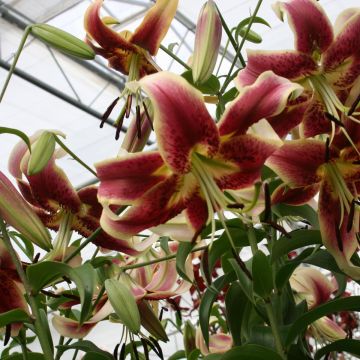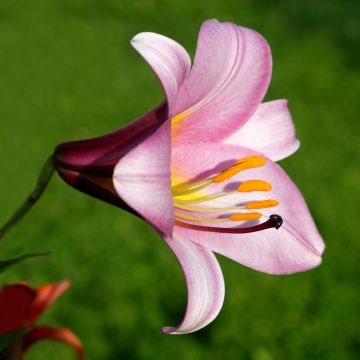

Allium nigrum subsp. multibulbosum
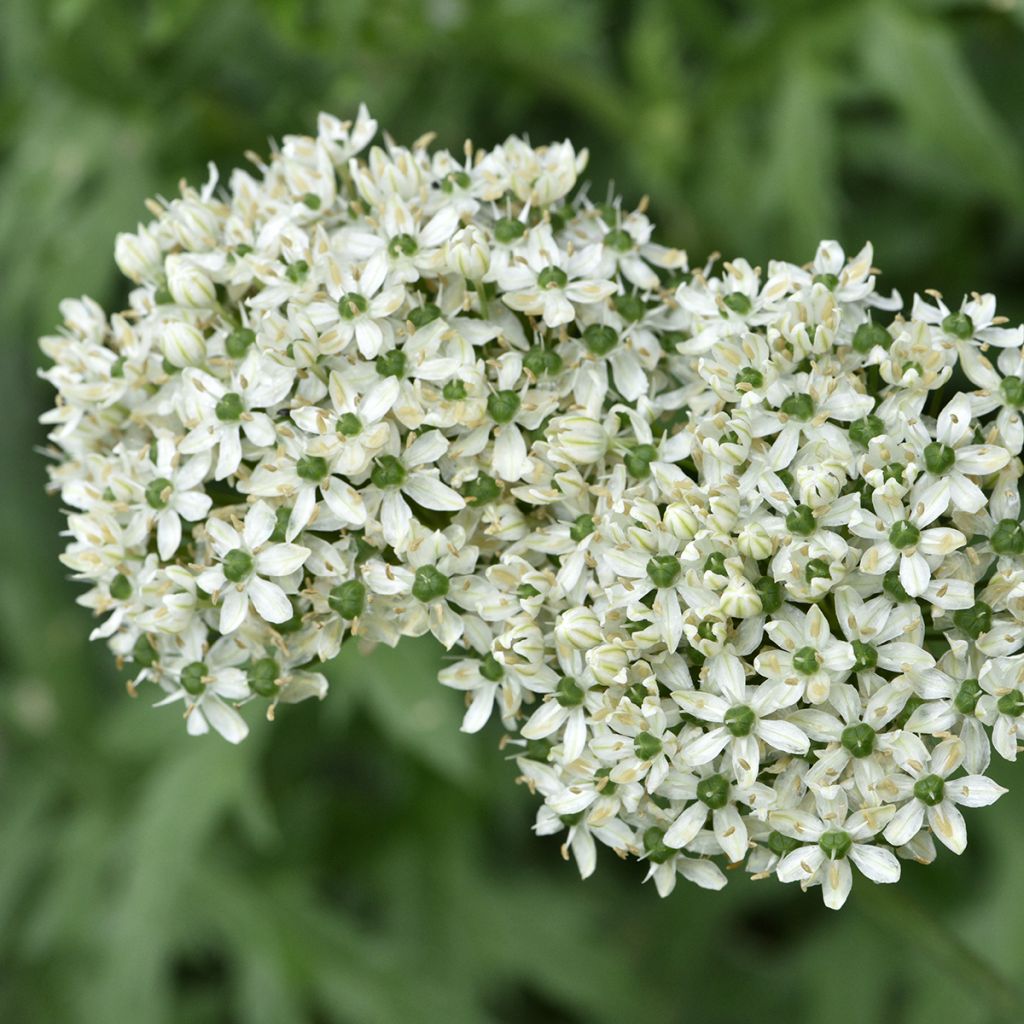

Allium nigrum subsp. multibulbosum
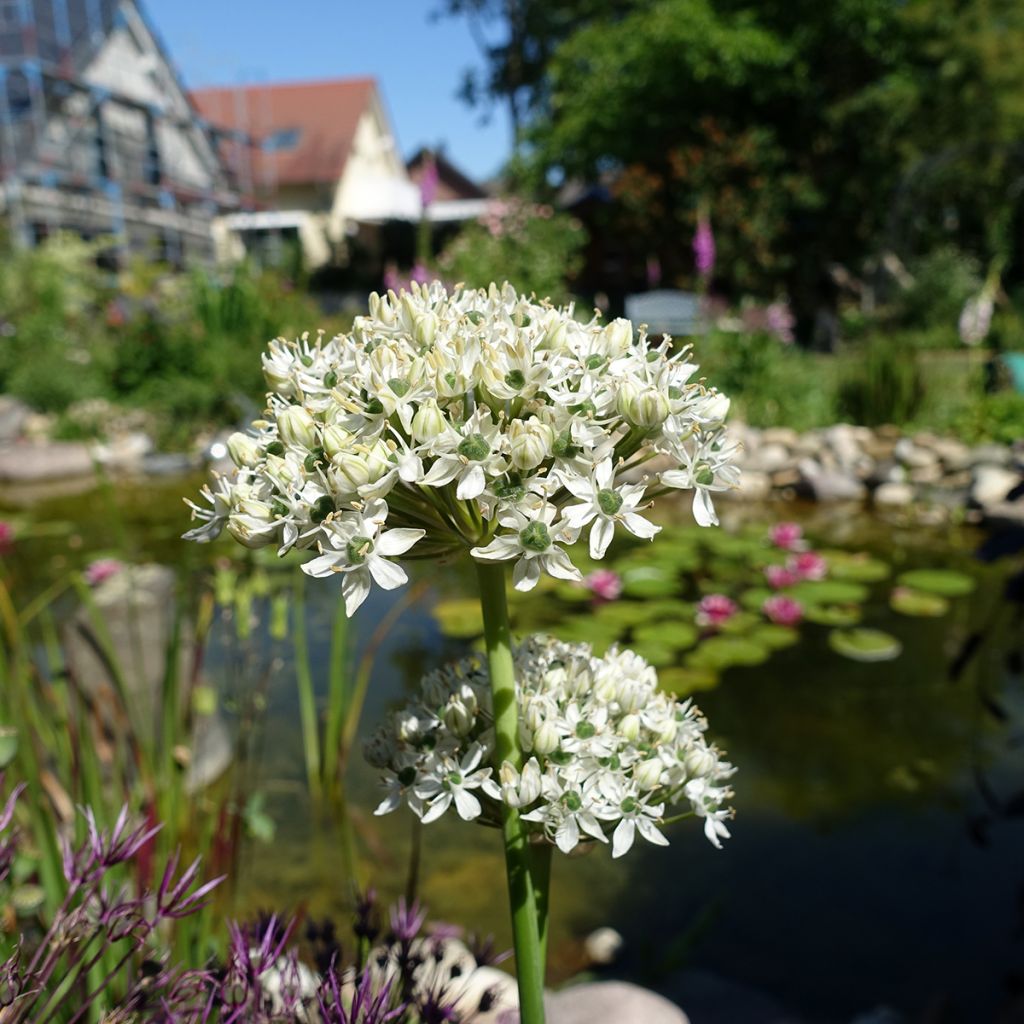

Allium nigrum subsp. multibulbosum
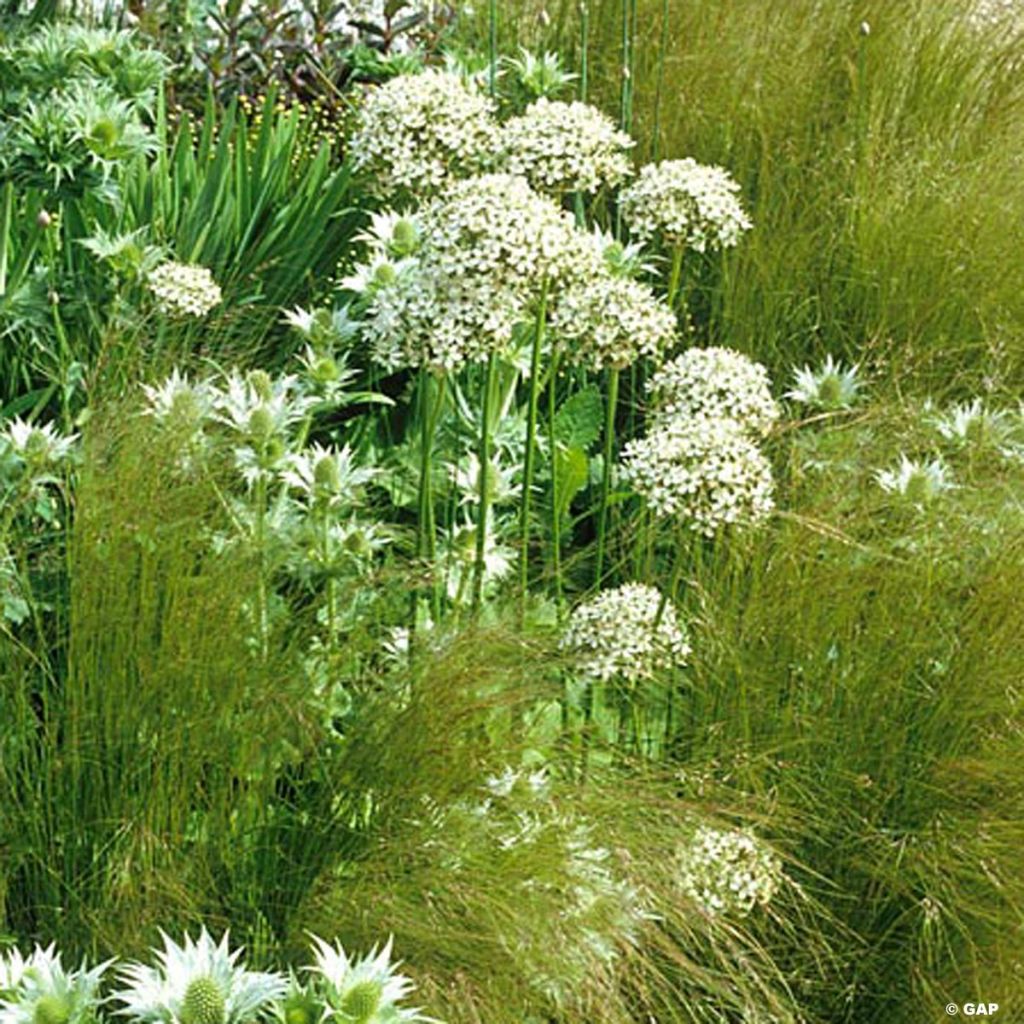

Allium nigrum subsp. multibulbosum
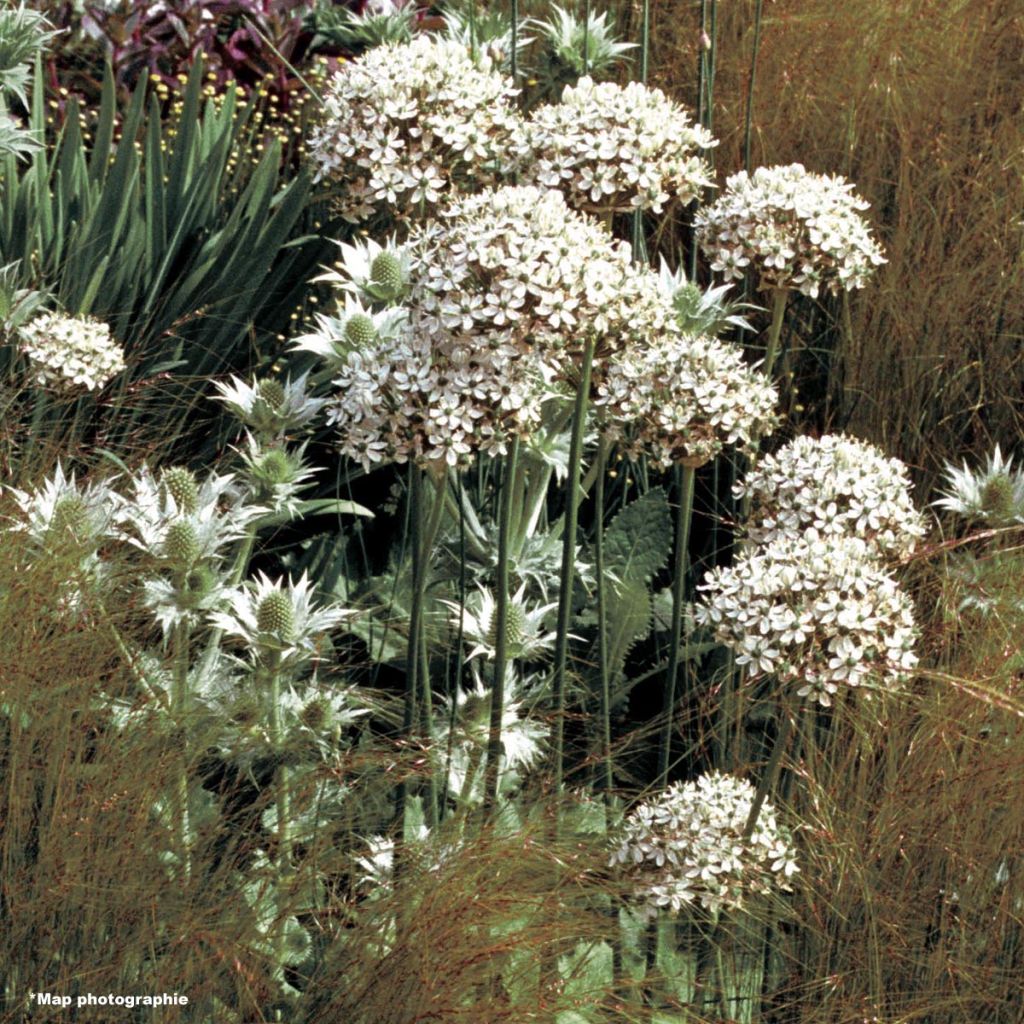

Allium nigrum subsp. multibulbosum
Allium nigrum subsp. multibulbosum
Allium nigrum ssp multibulbosum
Black garlic, Multibulb onion, Ornamental Onion
I really like them, easy to mix in flower beds, but I love their pale orange shades. I planted more this year. I have light soil and they thrive in it. Not flashy, but pleasant.. the bulbs are able to bloom in the first year.
Mireille. M. Gironde , 29/10/2024
Special offer!
Receive a €20 voucher for any order over €90 (excluding delivery costs, credit notes, and plastic-free options)!
1- Add your favorite plants to your cart.
2- Once you have reached €90, confirm your order (you can even choose the delivery date!).
3- As soon as your order is shipped, you will receive an email containing your voucher code, valid for 3 months (90 days).
Your voucher is unique and can only be used once, for any order with a minimum value of €20, excluding delivery costs.
Can be combined with other current offers, non-divisible and non-refundable.
Home or relay delivery (depending on size and destination)
Schedule delivery date,
and select date in basket
This plant carries a 6 months recovery warranty
More information
We guarantee the quality of our plants for a full growing cycle, and will replace at our expense any plant that fails to recover under normal climatic and planting conditions.
Would this plant suit my garden?
Set up your Plantfit profile →
Description
Allium nigrum subsp. multibulbosum, also known as Indian garlic, is a wild bulbous plant with a distinct design, featuring broad leaves and large umbels of star-shaped, sparkling flowers. They are predominantly white, with a heart ranging from green to deep purple-black. This hardy species blooms in late spring or early summer in full sun and well-drained soils that are rather dry in winter and summer. Its charming flowering emits a subtle sweet fragrance, which is very pleasant in bouquets. It is perfect for brightening up sunny borders in a wild garden, planted in small groups among other field plants.
Allium nigrum is native to Mediterranean regions, Western Asia, and North Africa. Its subspecies multibulbosum, which is discussed here, is rather widespread in the Middle East: it can be found in Turkey, Cyprus, Syria, Lebanon, and Israel. Highly resistant to cold, it requires a very sunny exposure and soil that does not retain water. These plants belong to the Amaryllidaceae family.
It is a perennial herbaceous plant with a bulb that can reach a diameter of 5cm (2in). The foliage emerges in winter in warm climates, but appears later in cold and humid climates, usually in April. The 3 to 5 beautiful leaves of this ornamental garlic are particularly broad and resemble those of leeks. They reach a width of 2 to 3cm (1in) and a length of 50 to 60cm (20 to 24in). They are flat, linear, slightly curled at the edges, tapered at their tips, and light green in colour. Initially upright, they bend over at a later stage. Unlike the leaves of many species, the leaves of Allium nigrum do not possess the characteristic onion, leek, or garlic smell typical of the genus. The flower stem, 60 to 70cm (24 to 28in) tall, is leafless, thick, and sturdy. From late May to early June (earlier in warm climates), pretty 8 to 10cm (3 to 4in) wide umbels composed of about twenty 9mm star-shaped flowers open, with pinkish-white petals traversed by a green median line, revealing a heart of purple or yellow anther stamens and black-purple carpels. Their mild and sweet fragrance, as well as their richness in nectar, attracts pollinating insects. The seeds, which are produced in large quantities, easily self-sow in light soil. This allium produces bulblets attached to the mother bulb.
Attention: it is sensitive to rot in overly moist soil in summer and/or waterlogged soil in winter.
It is charming in sunny borders, especially in a wild garden or in a naturalistic-inspired bed. It combines beautifully with small ornamental grasses such as Stipa tenuifolia or S. barbata, as well as with thistles (Eryngium giganteum, echinops), nigellas, eremurus, or even the ornamental carrot Daucus carota 'Dara', for example. Place it in small groups of 3 to 5 bulbs among other plants, and it will quickly multiply and form dense clumps that can be divided after 3 or 4 years.
Report an error about the product description
Allium nigrum subsp. multibulbosum in pictures
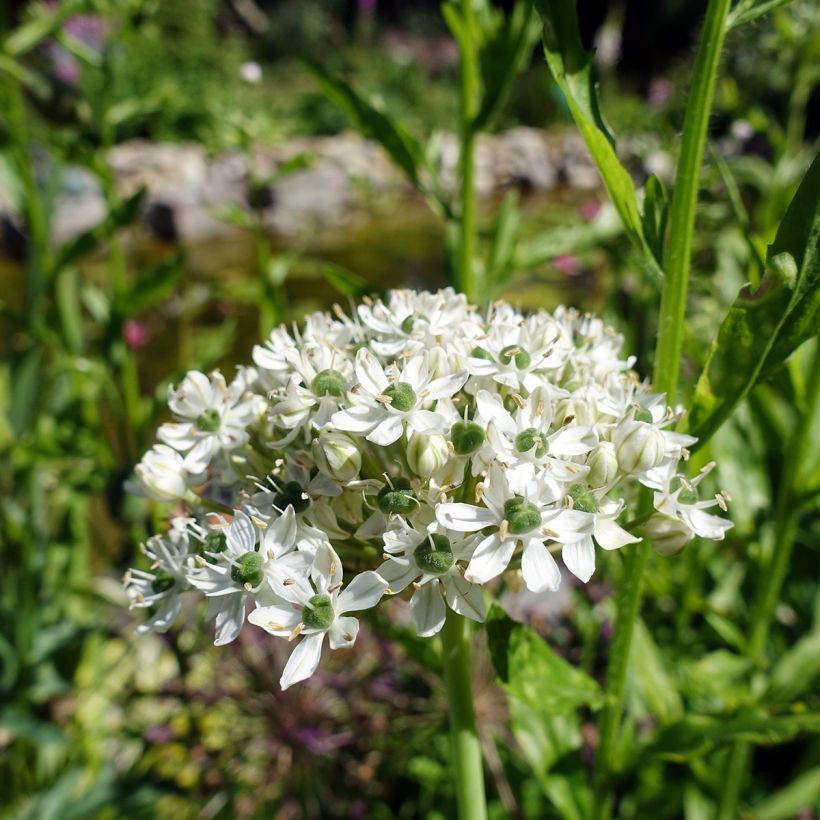

Plant habit
Flowering
Foliage
Botanical data
Allium
nigrum ssp multibulbosum
Alliaceae - Liliaceae
Black garlic, Multibulb onion, Ornamental Onion
Middle East
Other Allium
View all →Planting and care
Allium nigrum should be planted at the beginning of autumn, at a depth of 8 to 10cm (3 to 4in), with each bulb spaced 15cm (6in) apart. It is a winter-growing allium that requires moist but well-drained soil in winter to begin its growth period. However, the bulb prefers to rest in rather dry soil during summer. This species is sensitive to rot in humid soil during summer. It tolerates poor soils well and is perfectly fine with the presence of limestone. Choose a warm location with plenty of sunlight. Add sand and fine gravel to the planting area to effectively drain the soil. Heavy soils should be avoided to ensure the longevity of this plant. Plant on a mound, in a rockery, or in a raised bed, if necessary (a 20cm (8in) difference in elevation is sufficient). It can withstand harsh winters and slightly rainy summers if water is not allowed to stagnate.
Planting period
Intended location
Care
-
, onOrder confirmed
Reply from on Promesse de fleurs
Similar products
Haven't found what you were looking for?
Hardiness is the lowest winter temperature a plant can endure without suffering serious damage or even dying. However, hardiness is affected by location (a sheltered area, such as a patio), protection (winter cover) and soil type (hardiness is improved by well-drained soil).

Photo Sharing Terms & Conditions
In order to encourage gardeners to interact and share their experiences, Promesse de fleurs offers various media enabling content to be uploaded onto its Site - in particular via the ‘Photo sharing’ module.
The User agrees to refrain from:
- Posting any content that is illegal, prejudicial, insulting, racist, inciteful to hatred, revisionist, contrary to public decency, that infringes on privacy or on the privacy rights of third parties, in particular the publicity rights of persons and goods, intellectual property rights, or the right to privacy.
- Submitting content on behalf of a third party;
- Impersonate the identity of a third party and/or publish any personal information about a third party;
In general, the User undertakes to refrain from any unethical behaviour.
All Content (in particular text, comments, files, images, photos, videos, creative works, etc.), which may be subject to property or intellectual property rights, image or other private rights, shall remain the property of the User, subject to the limited rights granted by the terms of the licence granted by Promesse de fleurs as stated below. Users are at liberty to publish or not to publish such Content on the Site, notably via the ‘Photo Sharing’ facility, and accept that this Content shall be made public and freely accessible, notably on the Internet.
Users further acknowledge, undertake to have ,and guarantee that they hold all necessary rights and permissions to publish such material on the Site, in particular with regard to the legislation in force pertaining to any privacy, property, intellectual property, image, or contractual rights, or rights of any other nature. By publishing such Content on the Site, Users acknowledge accepting full liability as publishers of the Content within the meaning of the law, and grant Promesse de fleurs, free of charge, an inclusive, worldwide licence for the said Content for the entire duration of its publication, including all reproduction, representation, up/downloading, displaying, performing, transmission, and storage rights.
Users also grant permission for their name to be linked to the Content and accept that this link may not always be made available.
By engaging in posting material, Users consent to their Content becoming automatically accessible on the Internet, in particular on other sites and/or blogs and/or web pages of the Promesse de fleurs site, including in particular social pages and the Promesse de fleurs catalogue.
Users may secure the removal of entrusted content free of charge by issuing a simple request via our contact form.
The flowering period indicated on our website applies to countries and regions located in USDA zone 8 (France, the United Kingdom, Ireland, the Netherlands, etc.)
It will vary according to where you live:
- In zones 9 to 10 (Italy, Spain, Greece, etc.), flowering will occur about 2 to 4 weeks earlier.
- In zones 6 to 7 (Germany, Poland, Slovenia, and lower mountainous regions), flowering will be delayed by 2 to 3 weeks.
- In zone 5 (Central Europe, Scandinavia), blooming will be delayed by 3 to 5 weeks.
In temperate climates, pruning of spring-flowering shrubs (forsythia, spireas, etc.) should be done just after flowering.
Pruning of summer-flowering shrubs (Indian Lilac, Perovskia, etc.) can be done in winter or spring.
In cold regions as well as with frost-sensitive plants, avoid pruning too early when severe frosts may still occur.
The planting period indicated on our website applies to countries and regions located in USDA zone 8 (France, United Kingdom, Ireland, Netherlands).
It will vary according to where you live:
- In Mediterranean zones (Marseille, Madrid, Milan, etc.), autumn and winter are the best planting periods.
- In continental zones (Strasbourg, Munich, Vienna, etc.), delay planting by 2 to 3 weeks in spring and bring it forward by 2 to 4 weeks in autumn.
- In mountainous regions (the Alps, Pyrenees, Carpathians, etc.), it is best to plant in late spring (May-June) or late summer (August-September).
The harvesting period indicated on our website applies to countries and regions in USDA zone 8 (France, England, Ireland, the Netherlands).
In colder areas (Scandinavia, Poland, Austria...) fruit and vegetable harvests are likely to be delayed by 3-4 weeks.
In warmer areas (Italy, Spain, Greece, etc.), harvesting will probably take place earlier, depending on weather conditions.
The sowing periods indicated on our website apply to countries and regions within USDA Zone 8 (France, UK, Ireland, Netherlands).
In colder areas (Scandinavia, Poland, Austria...), delay any outdoor sowing by 3-4 weeks, or sow under glass.
In warmer climes (Italy, Spain, Greece, etc.), bring outdoor sowing forward by a few weeks.






























